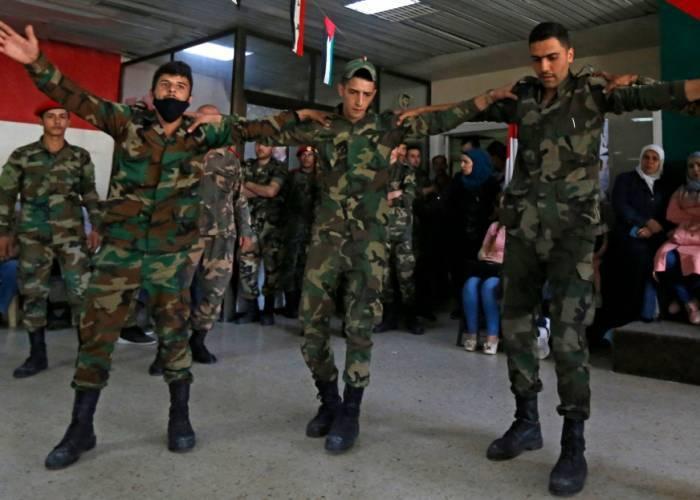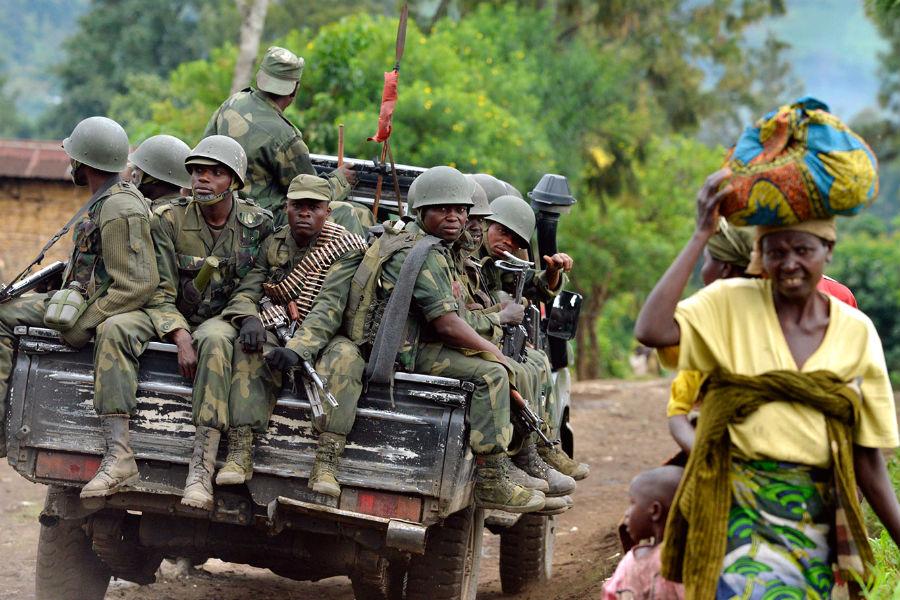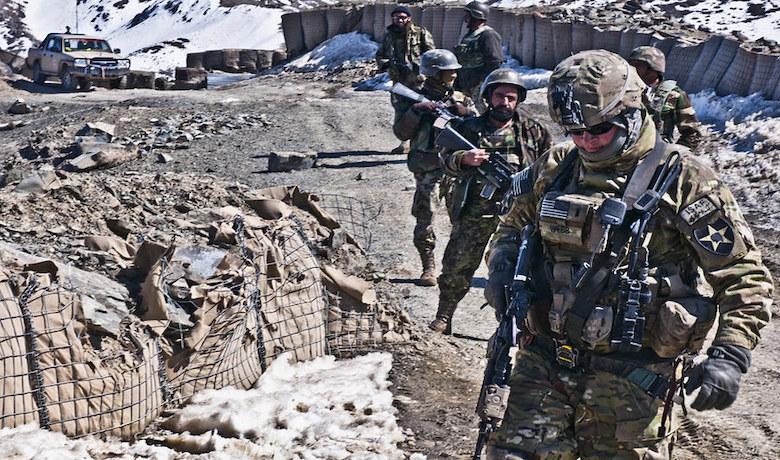Sectarian Violence Escalates in Northwestern Pakistan: A Closer Look at Recent Clashes
In a troubling escalation of violence, armed sectarian groups in the northwestern region of Pakistan have unleashed a wave of conflict that has resulted in the deaths of at least 33 individuals. The clashes reflect ongoing tensions between Sunni and Shia communities, particularly in areas where allegiances are deeply ingrained and historical grievances simmer just below the surface. The violence erupted in several districts, fueled by longstanding rivalries and exacerbated by recent political instability, leading to a rapid deterioration of law and order.
The consequences of this sectarian strife are devastating, not just for those who lost their lives, but also for the families and communities left in the aftermath. Reports indicate that the violence has spread to urban centers previously considered relatively safe. Key factors contributing to the situation include:
- Historical grievances: Centuries of sectarian tension that continue to influence modern dynamics.
- Political instability: A volatile political environment that leaves marginalized communities vulnerable.
- Lack of security measures: Insufficient law enforcement presence in hotspot areas, allowing violence to escalate.
As authorities scramble to address the growing crisis, calls for effective intervention and long-term solutions are becoming increasingly urgent. The potential for further conflict looms large if unity and peace are not prioritized in the region.

Understanding the Roots of Conflict: Historical and Socioeconomic Factors at Play
In the turbulent regions of northwestern Pakistan, violence often erupts as a complex interplay of historical grievances and socioeconomic challenges drives factions to armed confrontation. The ongoing struggle can be traced back to a myriad of factors, including colonial legacies that laid the groundwork for deep-seated rivalries and a lack of cohesive governance. Historic tribal affiliations have further exacerbated tensions, with communities often turning to armed groups for protection and empowerment in the absence of effective state support. The shadow of earlier conflicts, coupled with ongoing issues related to resource distribution, has made this area a hotbed for sectarian violence, where the competition for territory and power fuels an unending cycle of retaliation.
Moreover, the socioeconomic landscape of the region plays a critical role in perpetuating these conflicts. High levels of unemployment and poverty have left many individuals vulnerable, creating an environment where extremist ideologies take root. Disenfranchised communities may resort to siding with armed factions that promise relief or a semblance of justice, further entrenching divisions among different sectarian groups. The inadequate provision of education and healthcare services only deepens these divides, as communities grow disillusioned with the state’s inability to address their fundamental needs. As these historical and socioeconomic factors intertwine, they continue to fuel the cycle of violence, resulting in significant loss of life and stability in the region.

The Human Cost of Armed Conflict: Victims and Displacement in the Region
The recent escalation of violence in northwestern Pakistan has profoundly affected the local population, leading to a tragic toll on human lives. At least 33 individuals have lost their lives due to fierce clashes between armed sectarian groups. This upsurge in violence is not just a statistic; it represents the shattered lives of families and communities caught in the crossfire. The ripple effects of such conflict are far-reaching and can lead to a loss of livelihoods, instill fear, and foster instability in the region. Victims often include not only combatants but also innocent civilians who become collateral damage in these power struggles.
The plight of those displaced by the violence adds another layer to the ongoing humanitarian crisis. In the wake of the conflict, countless families have been forced to flee their homes, seeking safety in an environment that offers little respite. The challenges faced by these displaced individuals are numerous:
- Lack of Access to Basic Needs: Food, water, and shelter are in short supply, leaving many vulnerable.
- Psychological Trauma: Displacement comes with significant emotional and mental health challenges, especially for children.
- Increased Vulnerability: Displaced populations often face discrimination and exploitation in host communities.
These hardships highlight the urgent need for comprehensive support for victims of armed conflict to address their immediate humanitarian needs and aid in their long-term recovery and rehabilitation.

Pathways to Peace: Strategies for Reconciliation and Community Building Initiatives
The recent spate of violence in northwestern Pakistan underscores the urgent need for effective reconciliation strategies to foster peace within communities torn apart by conflict. Historically, armed sectarian groups have perpetuated cycles of retaliation, leaving behind a legacy of fear and mistrust. To address these complex issues, stakeholders must prioritize dialogue and mutual understanding, emphasizing the importance of grassroots initiatives aimed at healing divisions. Engaging local leaders and civilians in reconciliation efforts can pave the way for sustainable peace by fostering respect for diverse beliefs and promoting coexistence.
Moreover, community-building initiatives can play a pivotal role in reconstructing societal norms eroded by violence. Investments in education and economic opportunities can empower youth, steering them away from sectarian affiliations and towards collaborative ventures. Establishing platforms for interfaith dialogue will enable communities to cultivate empathy and share experiences, breaking down the walls of segregation. Furthermore, involving women in peace processes can enhance the effectiveness of these initiatives, as their perspectives often bring new dynamics to conflict resolution efforts. A comprehensive approach that addresses the underlying issues of sectarian violence is essential in breaking the cycle and fostering a hopeful future.
